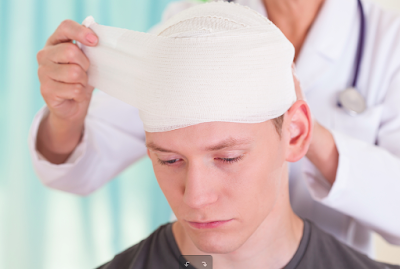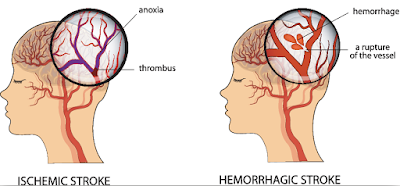Minor falls, trauma develops a spine fracture. Most of these injuries never require surgery. However, major fractures cause serious long-term problems unless treated timely and properly. There are various ranges of spinal fractures such as painful compression fractures result from minor trauma in osteoporotic patients, severe injuries such as burst fractures, and fracture-dislocations result from accidents, falls from height.
The cause of spinal fracture
When an external force is experienced by the spine, the force may exceed the bone’s ability within the vertebral column to sustain the load. It may cause the front area of the vertebral body to crush, following a compression fracture. Burst fracture happens when the entire vertebral column breaks out. When the compression is mild a person may experience slight pain and minimal deformity. When there is a severe compression that affects nerve roots, spinal cord the pain will be severe. As osteoporosis weakens the bone, it is being the most common cause of spinal fracture. People from the age group of 18-25 years are the 80% victims to the spinal fracture. Men are mostly prone to spinal fracture than women. Vertebral fractures are also possible with the condition of a spinal tumor.
To prevent spinal compression fracture, osteoporosis condition should be treated to make the bones stronger. There are many drugs that stop/slow the bone loss and thus reduce the risk of bone breaks. Intake of calcium supplements, taking Vitamin D in any form, quitting smoking, maintaining a normal weight, doing strength-building exercises, preventing falls are the common things to adhere to avoid spinal fractures.
The treatment plan for spinal fracture depends on the type and location of the fracture, and amount of neurologic compression. Bracing helps to treat minor fractures whereas complex fractures along with spinal compression may need traction, surgery. Rehabilitation is an important episode of the treatment plan once the spinal fracture is healed. It reduces the patients’ pain and minimizes disability.
Dr. Shyam Sundar is popular for Neurosurgery in Chennai. He is giving consultation in many Chennai based hospitals and he is experienced in performing surgery for spinal fracture in Chennai.
Visit @ www.chennaibrainandspine.com
Mail us: shyamsundar_krishnan@yahoo.com
Book appointment: www.chennaibrainandspine.com/book-appointment.html
















